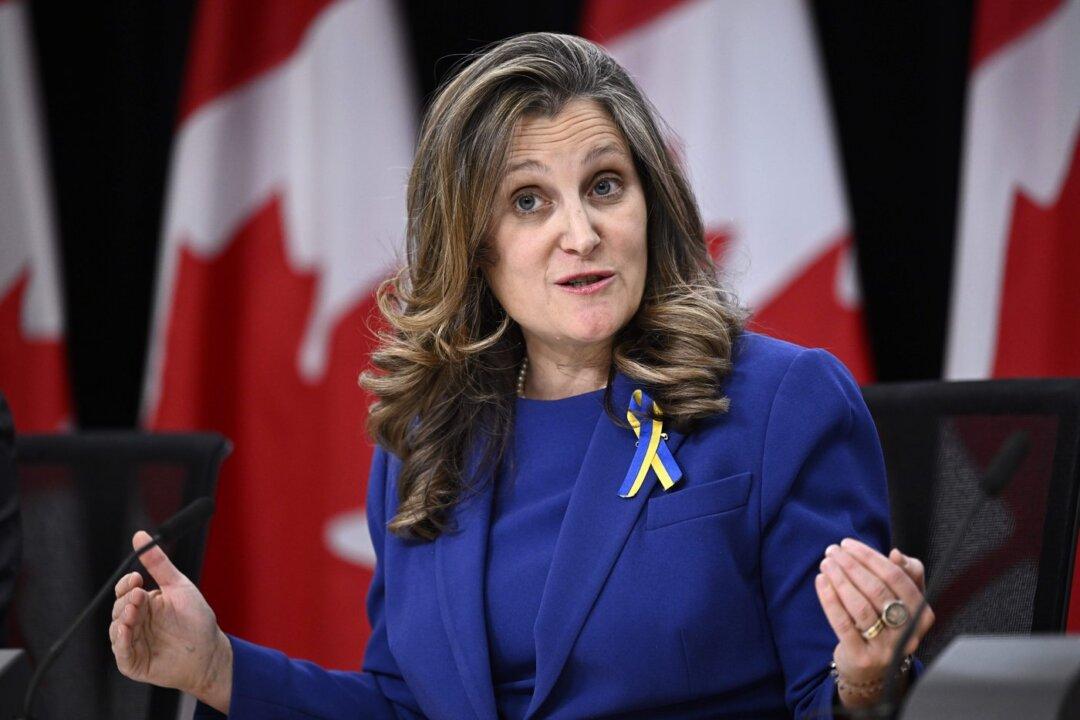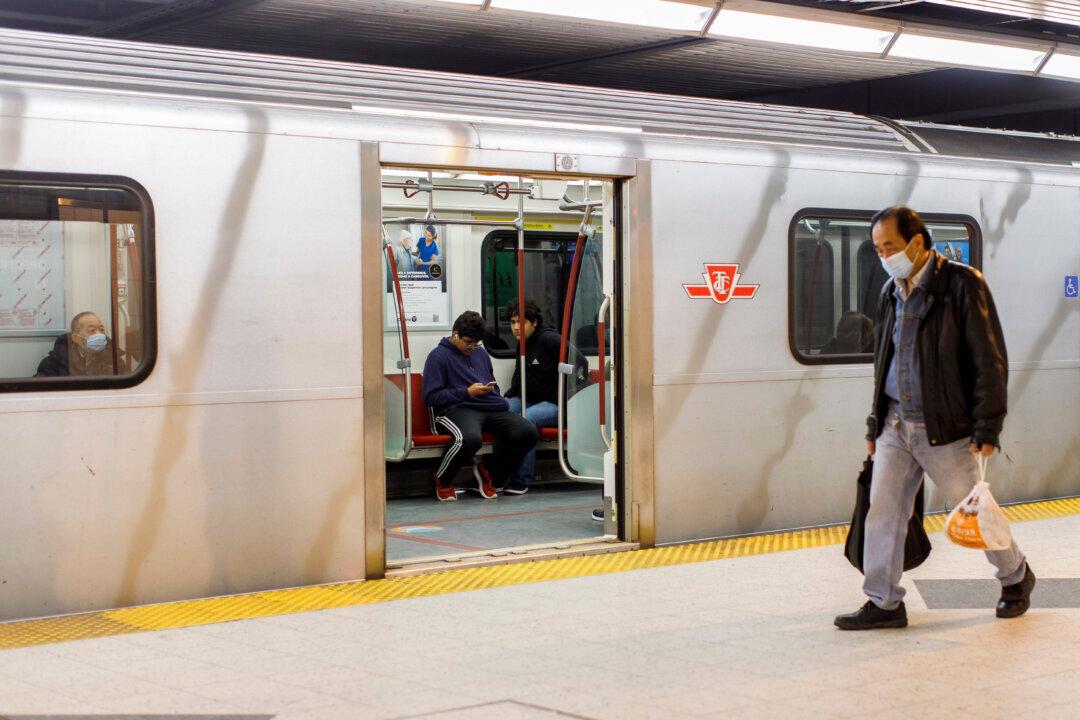Deputy Prime Minister Chrystia Freeland is downplaying a 2022 government report that said large immigration increases would impact housing affordability and services, arguing that immigrants are a “real driver” of Canada’s economic growth.
“Canada is probably the country in the world, which is the most welcoming of new Canadians,” Ms. Freeland said during a press conference on housing in Toronto Jan 11. “And as finance minister, I have to say, that is a huge economic strength. It is a real driver of our country’s economic growth, and at a time when all of the industrialized countries in the world are facing huge demographic challenges.”





